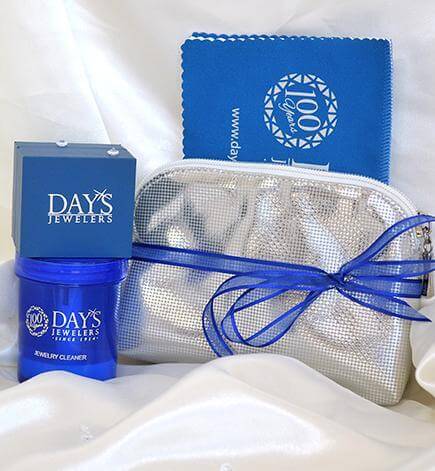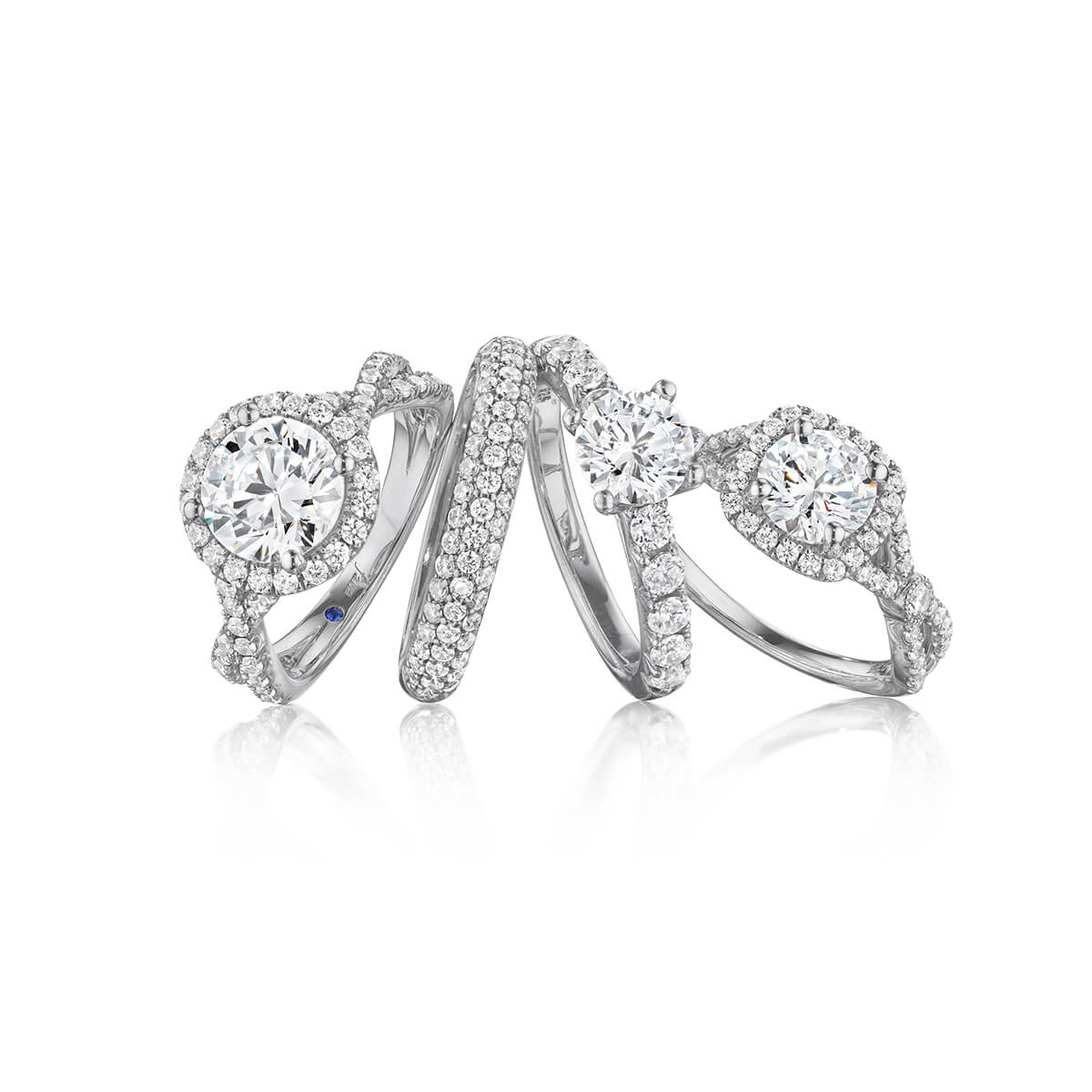Properly cleaning jewelry isn't as easy as doing a quick Google search. There are many wives’ tales and myths explaining how to clean your jewelry. Some of these have some truth behind them, but some will actually harm to your jewelry. Making sure you know how to properly care for and clean your jewelry will help extend the life of your pieces and help them to look their best while you wear them. There are simple ways to care and clean your jewelry that are easy, fast, and most importantly, safe.
Myth #1: Toothpaste
A common myth is that toothpaste is a good way to clean your jewelry. This is actually false. Toothpaste can damage your diamonds, gemstones and gold. The Mohs Hardness Scale provides a guideline for the hardness of different gemstones and metals. Since toothpaste sits on the scale at 3-4 Mohs, and 14k gold has a hardness of 3-3.5 Mohs, toothpaste can scratch your gold rings.
Many gemstones have a hardness rating that is equal to or just a bit higher than toothpaste. Gemstones such as emeralds and tanzanite have hardness of 7-8 Mohs; these gemstones can get surface abrasions if toothpaste is used to clean them. Pearls and opals should never be touched by jewelry cleaner or toothpaste; it can destroy their color and luster. Unless you are cleaning a loose diamond, it is best to not use your toothpaste, and stick with a jewelry cleaner made to clean your specific jewels.
Myth #2: Boiling Water
Some people think boiling water mimics the ultrasonic cleaners used in jewelry stores, but this is false. Ultrasonic cleaners use high frequency sound waves and heat to remove dirt from hard-to-reach places. The heat temperature in an ultrasonic cleaner is regulated and will never reach the boiling point of 212 degrees Fahrenheit.
Boiling water can cause damage to your gemstones and not only that, extreme heat will affect the metal. Heat can expand the metal and cause loose gemstones to fall from their settings. Some gemstones can experience thermal shock when placed into boiling water then rinsed with cold water, which can cause a gemstone to form fractures or cleavages. These gemstones include emeralds, garnet, opal, peridot, tanzanite and tourmaline. Boiling water should be used to heat your food, not your jewelry.
Myth #3: Alcohol
There are rumors that alcohol, when used to soak or rinse jewelry, will help remove the grease buildup. Alcohol contains chemicals that can leave a coating on your gemstones and metals. Some gemstones such as emeralds and opals are oil- and water-based, and if alcohol is used to clean these pieces, the stones would absorb the oils and dry out and crack.
Myth #4: Chlorine
Many people don't think twice before jumping into a pool or cleaning their bathrooms while wearing their jewelry. This can cause significant harm to your precious pieces. Chlorine can break down the alloys in gold and cause pitting to occur, which can cause the piece to become brittle and break apart.
Chlorine can also cause certain metals, such as silver, to change color and lose its shine. It is best to remove your jewelry before these activities, and never clean your jewelry with this substance.
How to Clean Your Jewelry
The best way to clean your jewelry is to take it to your nearest jeweler and have them professionally clean it. The next best solution is to use soap and water and gently brush your pieces with a soft toothbrush. This method cannot be used for pearls, which should be wiped down with a soft cloth. Knowing how to clean your jewelry will extend its life and give you years of wear.








